

Bright-colored fruit, packed with vitamins, citrus definitely bring sun and a happy way of life to mind, even at the heart of winter. Today, they’re grown in orchards all over the planet. In temperate climates, only milder regions grow them in fields, but many citrus varieties are grown in potted plants from North to South in other regions!
Discover:
Citrus are truly one-of-a-kind. Their shiny evergreen leafage releases delicious citrus scents when you rub the leaves. Branches have more or less spikes, and the pink or white blooming is very fragrant. The pip-containing fruit are technically berries (with pips), the skin of which is inordinately thick and filled with essential-oil-producing glands, delicious and fragrant as well! One thing, though, is true: it’s very difficult to distinguish different varieties because of successive hybridization.
Citrus are, originally, all native to South-East Asia. Their cultivation quickly spread thanks to the Sumerians and, later on, the Arabs. There are three main genus: Citrus, Poncirus and Fortunella which we will still distinguish for clarity, even though since 1998, most botanists tend to group them all under a single genus, Citrus.
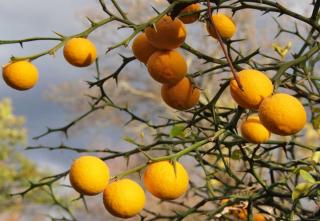 Poncirus trifoliata is the only citrus with deciduous foliage. It does have a few advantages, even though its fruits aren’t palatable at all. Very hardy (-4°F/-20°C), its very fragrant white spring blooming is highlighted by its shiny three-lobed leaves, a very ornamental combination. It is the most often-used rootstock on citrus plantations, and sometimes sends shoots out from under the graft point. Though it doesn’t really like limestone, it does however cope very well with drought because it sends its roots out very deep. Its small, bland round lemon-like fruits have a strongly scented rind. It does thus make for a beautiful little ornamental tree, up to 12 feet tall (4 meters), great for planting defensive anti-intruder hedges thanks to its sharp spikes. The ‘Flying dragon’ has corkscrew-like branches.
Poncirus trifoliata is the only citrus with deciduous foliage. It does have a few advantages, even though its fruits aren’t palatable at all. Very hardy (-4°F/-20°C), its very fragrant white spring blooming is highlighted by its shiny three-lobed leaves, a very ornamental combination. It is the most often-used rootstock on citrus plantations, and sometimes sends shoots out from under the graft point. Though it doesn’t really like limestone, it does however cope very well with drought because it sends its roots out very deep. Its small, bland round lemon-like fruits have a strongly scented rind. It does thus make for a beautiful little ornamental tree, up to 12 feet tall (4 meters), great for planting defensive anti-intruder hedges thanks to its sharp spikes. The ‘Flying dragon’ has corkscrew-like branches.Generally, citrus orchards are concentrated in a few locations: around the Mediterranean, the Gulf of Mexico, California. Main varieties include the Meyer lemon, the Valencia orange, and tangerine. In sheltered gardens (15 to 20°F or -6 to -9°C), you can try yourself at growing certain species like the orange tree (C. sinensis), the clementine tree (C. reticulata), the mandarin orange (C. deliciosa) and the ‘Meyer’ lemon tree (C. lemon ‘Meyer’). Most other lemon trees are too fragile (20°F or -6°C is the minimum temperature).
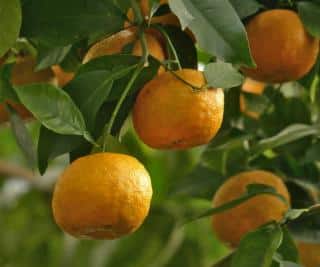
Dwarf bitter orange ‘Bouquet de Fleurs’ has very fragrant flowers, and myrtifolia both are well suited to growing in a pot (6 feet tall instead of 15 to 20 / 2 meters instead of 5 to 7).
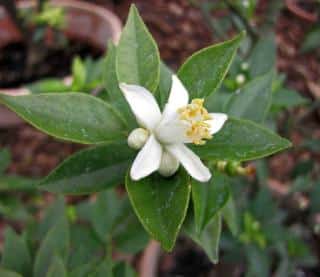
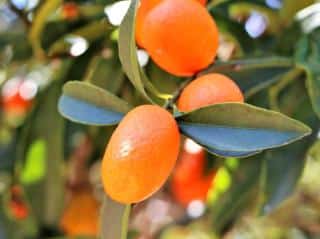
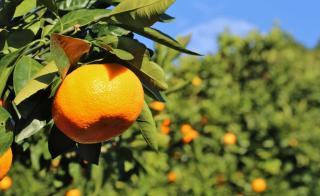
‘Owari’ produces larger, firmer fruits, whereas the ‘Okitsu’ mandarin orange is ready for harvest as early as September.
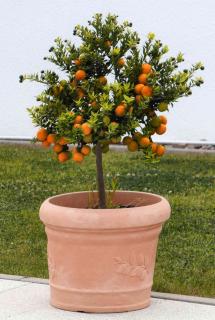
Good to know: calamondin x Citrofortunella microcarpa is, and probably always will be, the only citrus that is truly happy in the dry, heated atmosphere of a house!